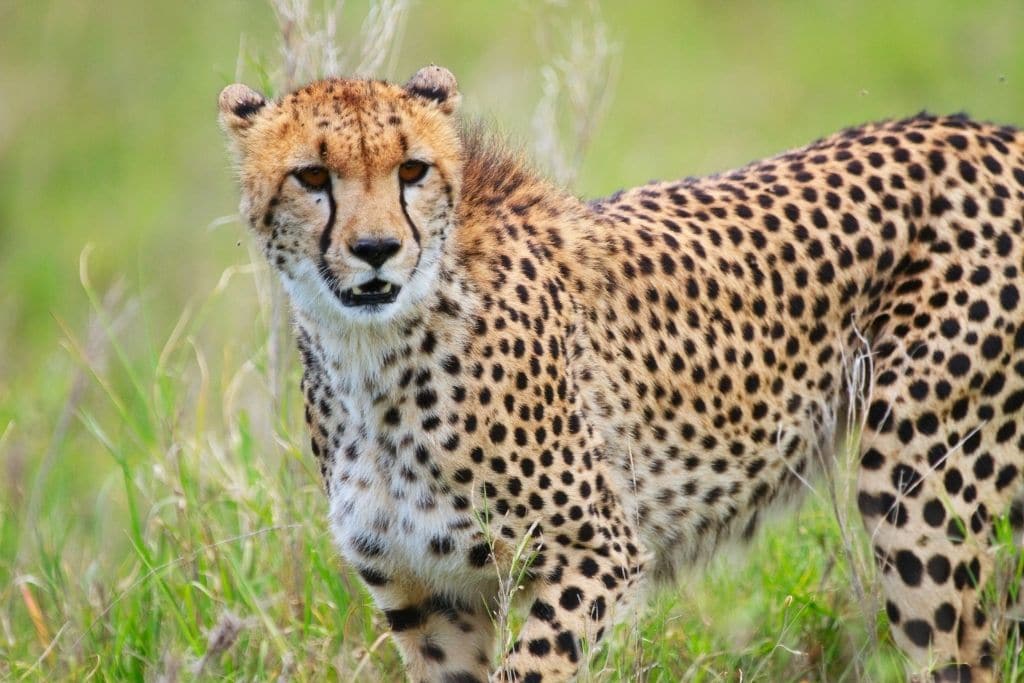It’s been more than half a century since the extinction of the cheetah in India. The big cat is set to be reintroduced to the country following delays from the COVID-19 pandemic.
—
Cheetahs have been extinct from India since 1952, but the central government has launched an action plan to reintroduce the species back into the country.
The project to reintroduce cheetahs in India has been a decade in the making, and on January 6, Union Environment Minister Bhupender Yadav officially launched the action plan to relocate eight to 12 cheetahs from South Africa, Namibia and Botswana to the Kuno Palpur National Park (KNP) in Madhya Pradesh – a move that is set to be the world’s first intercontinental cheetah translocation project.
“The primary aim is to establish a free-ranging population of cheetahs in and around KNP in Madhya Pradesh,” Yadav wrote in the Action Plan document. “Further, this population in KNP will be managed as a metapopulation with other two to three established populations of cheetah in India with occasional ‘immigrants’ brought in from Africa, as and when needed.”
Cheetahs are the world’s fastest land animals that have the ability to reach speeds of 70 miles (112km) an hour to capture prey. The cheetah population in India was once as large as 10,000 in the 16th century, but due hunting, diminishing habitat and prey, the big cat was driven to extinction in the country by the 1950s.
You might also like: 10 of the Most Endangered Species in India
The primary goal of the action plan is to bring 50 cheetahs back into India within the next five years, and to use the big cat to restore open spaces, improve biodiversity and ecosystem services. All of which could enhance the country’s capacity for carbon sequestration and help combat climate change. The Ministry of Environment, Forest and Climate Change is also seeking to use the opportunity for eco-development and ecotourism to boost local community livelihoods.
The reintroduction project was originally set to launch in November 2021, but was delayed due to concerns surrounding the COVID-19 Omicron variant, which promoted travel restrictions.
The Indian central government, the ministry of environment and the Cheetah Task Force will create a formal framework to collaborate with governments of Namibia and South Africa, through the Ministry of External Affairs, to ensure the success of the five-year plan.
Yadav also aims to increase the protection and conservation of seven major big cats, noting that the tiger continues to be an endangered species in India. Continuous efforts will be made for the protection and management of national tiger reserves, which are crucial for water security as well as more than 35 rivers originate from these protected areas.


















